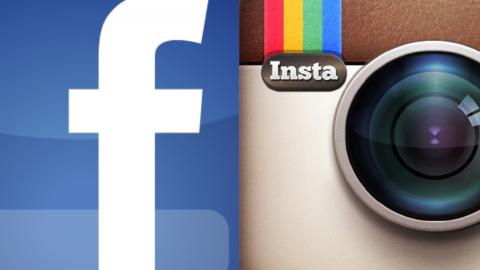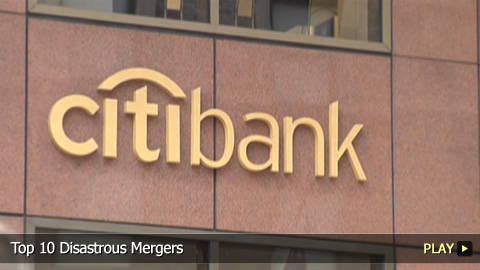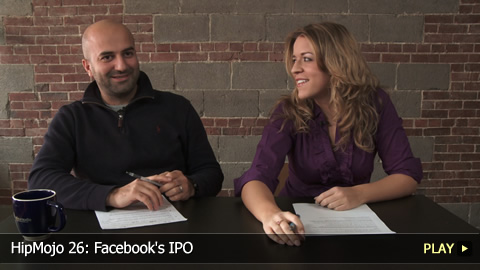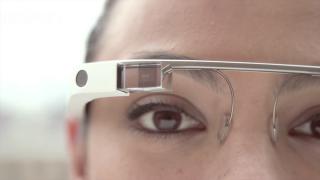Top 10 Business Mergers of All Time

These were matches made in business heaven. Join http://www.WatchMojo.com as we count down our picks for the Top 10 Business Mergers of All Time. For this list, we're focusing on M&A deals where buying parties acquired prominent subsidiaries that helped them enter into a new market and consolidate a leadership position.
Special thanks to our user Sosa2493 for submitting the idea on our Interactive Suggestion Tool at http://www.WatchMojo.comsuggest
Script by Ian Astraquillo
#10: Pfizer + Pharmacia = Pfizer, Inc. (2002)
Founded in 1911, the rapidly growing Swedish pharmaceutical company, Pharmacia, showcased its first demonstration of market power with the purchase of American rivals Upjohn in 1995 and Monsanto, less than five years later. During that time, Monsanto had been developing the anti-inflammatory drug known as celecoxib, which had been eyed by Pfizer during its final development stages. Beaten to the punch by Pharmacia, the American Pfizer announced a purchasing deal of Pharmacia as a whole in July 2002 with a transaction tag of $60 billion USD. Less than seven years later, Pfizer would agree to purchase rival Wyeth for approximately $68 billion USD. Today, Pfizer, Inc. is worth more than twice as much at $172 billion USD.
#9: Royal Dutch Petroleum + Shell Transport & Trading = Royal Dutch Shell (1907)
Top 5 Hottest Eligible Royal Bachelors
Originally two separate entities from entirely different industries, the merge of the oil transporting company that was "Shell" and the "Royal Dutch" petroleum company was provoked to compete against the market’s monarch John D. Rockefeller and his leading Standard Oil company. The newly merged Royal Dutch Shell Group then quickly expanded to every emerging sub-field in the industry, with more recent investments in renewable energy and power generation garnering massive public support and continued competitive profits. Despite a drop in sales in the last few years, Royal Dutch Shell stands as the fourth largest company in the world in terms of revenue and announced an agreement to purchase major British competitor, BG Group, for $70 billion USD.
#8: AT&T Inc. + Bellsouth Corporation = AT&T (2006)
Top 10 Disastrous Mergers
Originally "Southwestern Bell", the company that was later renamed SBC Communications made its first major mark with the purchase of former parent, AT&T, adding "Inc." as its new corporate surname in 2005. Its next target was former sibling-ish rival, Bellsouth, the last of seven Regional Bell Operating companies that emerged from the original AT&T’s forced separation of subsidiaries following a lost antitrust lawsuit in 1982. The cost: $86 Billion USD. Today, the newly reformed AT&T stands as the second largest mobile phone provider in the U.S. with its multiple subsidiaries garnering new users through stronger contract deals and new marketing tactics, particularly by claiming to carry the strongest 4G signal of any of its competitors.
#7: British Petroleum + Amoco = BP plc (1998)
Top 10 British Slang Terms
Originally part of Rockefeller’s Standard Oil, Amoco garnered much of its initial success due to their significant contributions to the allied forces’ gas demands in the last great war. Putting out industry innovations such as the modern gasoline tanker and drive-through filling stations made it an attractive firm for purchase by super-major British Petroleum. Announcing a merge in 1998, it was the world’s largest in its market at the time, with a transaction value of almost $50 billion USD. Despite its massive losses following the Deepwater Horizon oil spill controversy, BP continues to stand one of the top ten largest oil companies in the world, with assets totalling $285 billion and with revenue streams as high as $350 billion.
#6: Facebook + Instagram = Facebook (2012)
HipMojo 26: Facebook's IPO
A portmanteau of instant camera and telegram, the popular photo-sharing service, Instagram, was launched by developers Kevin Systrom and Mike Krieger in October 2010. Virtually an insta-success, the free mobile app gained over 30 million users in less than two years, generating the attention of its then five-times as popular sibling to-be, Facebook. Acquiring the service for $1 billion USD, it marks one of Zuckerberg and friends’ largest disclosed transactions. Since then, Instagram has grown to become one of the company’s most popular mobile apps and has been multiplying its amount of active users extensively. That’s a ton of stills!
#5: Exxon + Mobil = Exxon Mobil Corp. (1998)
Direct descendants of Rockefeller’s Standard Oil, the successor siblings Exxon and Mobil found their way back into each other’s arms a little under a century after separation. Yet another merger resulting in-part from fear of being purchased by an overseas entity, the earliest talks and negotiations for the company that would emerge as ExxonMobil, began shortly after BP’s purchase of Amoco. Tying the knot in 1999, ExxonMobil is now dominating its oil and gas rivals in terms of revenue and, coincidentally aligning with its place on this list, is the fifth largest in the world.
#4: Travelers Group + Citicorp = Citigroup Inc. (1998)
The largest merger of its kind, this mega-bank was one that showcased the old and the new coming together. The individual entities that were Citicorp and Travelers Group, founded over 150 years apart, had garnered immense success in their own rights prior to merging, with the former at one point being the largest issuer of credit and charge cards in the world. Despite some setbacks resulting from the 2007-08 Financial Crisis, Citigroup continues to maintain its affluence and power as the third largest bank holding company in the U.S. in terms of assets and as the world’s largest financial services network with 16,000 offices throughout over 140 countries.
#3: JPMorgan Chase + Bank One Corp. = JPMorgan Chase & Co. (2004)
At one point the sixth largest bank in the U.S., Bank One Corp. was the first of many greenback dominions that would be purchased by the millennial newborn that is JPMorgan Chase. After a string of successful mergers of its own, including its consolidation of First Chicago Corp. and the National Bank of Detroit, Bank One’s buying power had finally dwindled to a point where execs knew that selling would be its next best move. Purchased in 2004, those same properties acquired by Bank One have gone on to contribute to JPMorgan Chase’s title as the largest bank in the U.S., with estimated assets exceeding $2.5 trillion.
#2: Google + Applied Semantics = Google (2003)
Top 10 Google Fails
Bringing in nearly a quarter of Google’s overall revenue in 2014, the company’s decision to purchase algorithm after algorithm-based entity proved not only appropriate, but uber-beneficial and profitable. Founded in 1998 as Applied Semantics, AdSense was successfully purchased by Google in April 2003 and was further developed along with Google’s pre-existing AdWords to create the perfect ad-based machine - it’s the reason you see the ads you do after doing one or two searches on something related to it. While other major subsidiaries such as Android and YouTube obviously play major roles in Google’s internet kingdom, AdSense takes the win for bringing in a stronger cash flow than both those names combined - and for being the reason that Google was able to purchase them to begin with!
Before we unveil our top conqueror of commerce, here are a few honorable mentions:
- CBS Corporation + CNET = CBS (2008)
- Glaxo Wellcome + SmithKline Beecham = GlaxoSmithKline plc (2000)
- InBev + Anheuser-Busch = Anheuser-Busch InBev (2008)
- eBay + PayPal = eBay Inc. (2002)
- AMR Corporation + US Airways Group = American Airlines Group, Inc. (2013)
#1: Bell Atlantic + GTE = Verizon Communications Inc. (2000)
Finnegan Bell's Spring and Summer 2012 Collection
Another one of seven Regional Bell Operating companies springing from the original AT&T’s dissolution, the company then known as Bell Atlantic, made a major move by reuniting with sister Regional Bell company NYNEX, marking the U.S.’s second largest merger at the time. However, it wasn’t until the new millennium and the company’s purchase of former parent company’s longtime rival, GTE, that the portmanteau name melding the Latin word for "truth" and the English word "horizon", emerged - hence, Verizon. With multiple subsidiaries now under its command, including its recent purchase of mass-media name AOL, Verizon now stands as the U.S.’s largest wireless service provider by subscriber and revenue numbers.
Do you agree with our list? Which corporate come-together do you think dominates the competition? For more cooperative Top 10s published every day, be sure to subscribe to WatchMojo.com!







